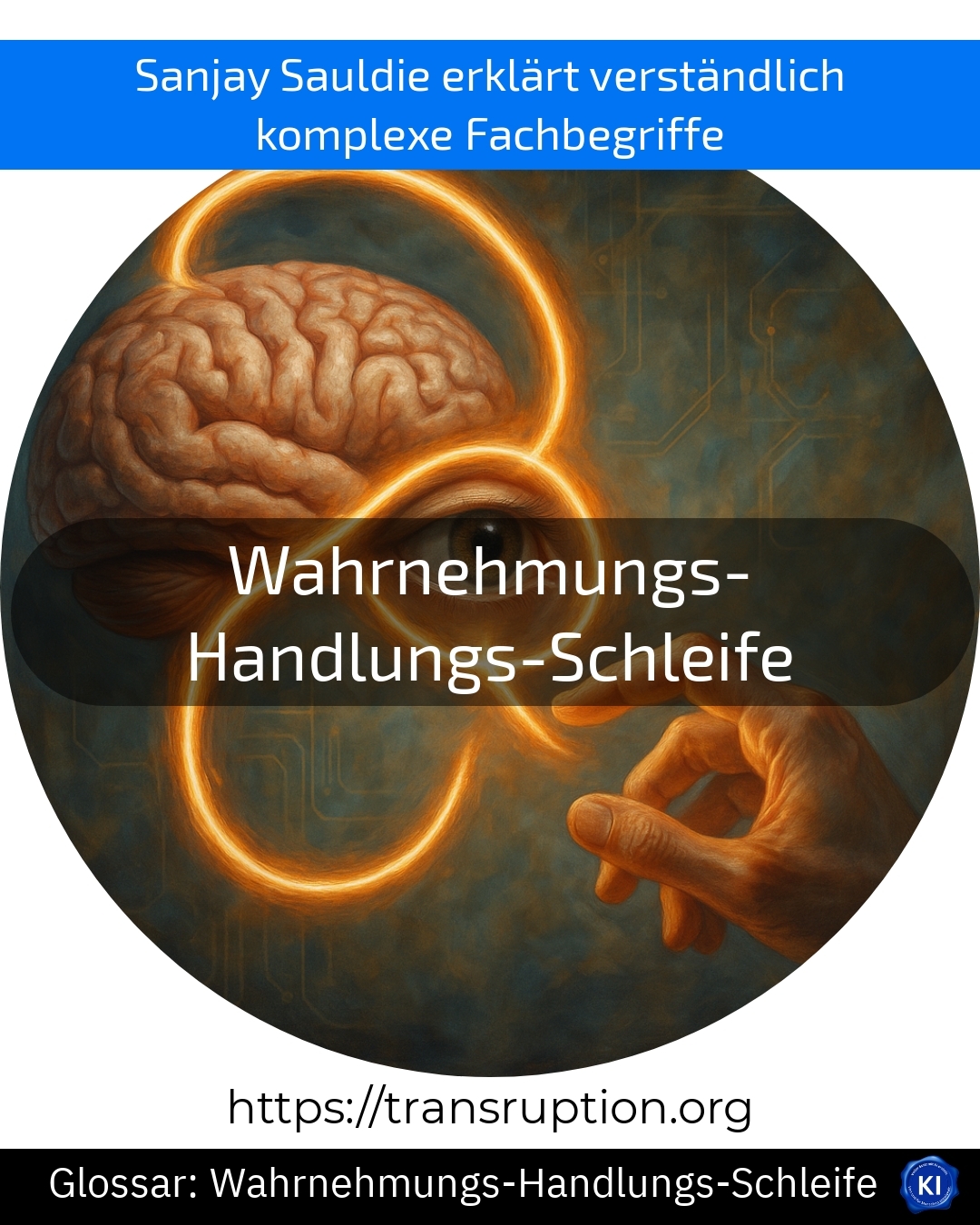The term perception-action loop is mainly used in the fields of artificial intelligence, robots and Industry 4.0 to describe a basic mechanism that is used wherever machines or computers are supposed to act independently and react to their environment.
Put simply, the perception-action loop means that a system perceives its environment, for example through sensors, processes this information and then acts accordingly. After the action, it perceives again how the environment has changed and the system adapts its next steps accordingly. This continues until the desired goal is achieved.
Autonomous robots in modern factories are an illustrative example. They use cameras or distance sensors to recognise where a part to be processed is located (perception), calculate the optimum gripping path (processing), grip the part (action) and then check again whether the part has been positioned correctly (new perception).
The perception-action loop is therefore a central component of intelligent systems that have to react flexibly and reliably to changes in their environment.















